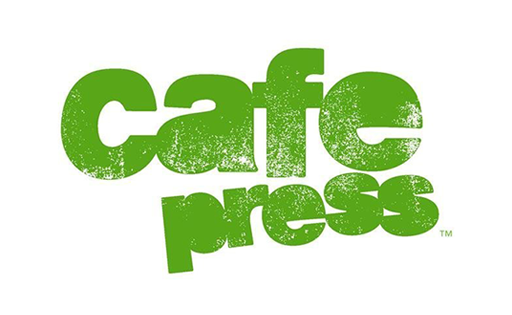Fighting for honor has been a common theme among tribal warriors of all nations throughout history. The ways in which they expressed this honor varied greatly, but one common aspect was the use of tribal cosmetics.
For many tribes, cosmetic practices were not simply a matter of vanity or decoration, but rather an integral part of their cultural and spiritual identity. Some tribes used face paint to intimidate their enemies, while others used it as a symbol of strength and bravery.
In some cases, the use of cosmetics was tied to specific rituals or ceremonies. For example, the Maori of New Zealand would use a type of face paint called "moko" to mark important milestones in their lives, such as puberty or marriage.
The intricate designs of the moko were seen as a way of communicating the wearer's identity and social status.
Similarly, the Native American tribes of the Great Plains would often paint their faces and bodies before going into battle. The designs they used were often symbolic, representing important animals or spiritual beliefs.
For example, the Sioux tribe would paint themselves with red and black stripes to represent thunder and lightning, which they believed would give them power and protection in battle.
The use of tribal cosmetics was not limited to just one geographic region or culture. From the Celtic warriors of Europe to the Samurai of Japan, tribal cosmetics have been used to convey a sense of identity and honor across the world.
In many cases, these cosmetic practices have been passed down from generation to generation, becoming an important part of a tribe's cultural heritage.
While the specific designs and meanings may have varied over time, the underlying principle of using cosmetics to express one's identity and honor has remained constant.
The use of tribal cosmetics has evolved into a form of cultural expression and artistic practice. Many people around the world continue to use face paint and body art to celebrate their heritage and identity, keeping alive the traditions of their ancestors and honoring the warrior spirit that has been a part of human culture for centuries.
Throughout history, tribal warriors from all nations have fought for their honor and the honor of their people. The way they dressed was an important aspect of their culture and identity, and often served as a symbol of their bravery and strength.
In many cultures, tribal warriors would wear distinctive clothing or adornments that identified them as members of their tribe.
For example, the Maasai warriors of East Africa were known for their bright red shukas (cloths) and beaded jewelry, while the Native American tribes of the Great Plains would wear feather headdresses and animal hides.
These clothing and adornments were not just decorative, but served a functional purpose as well. Many warriors would wear protective armor made from materials such as leather or metal, which would help to shield them from enemy attacks.
Additionally, the use of brightly colored clothing or decorations could help to intimidate their opponents or rally their own troops.
Beyond their practical use, tribal dress was also a way for warriors to express their cultural identity and to honor their ancestors.
For example, the Zulu warriors of southern Africa would wear animal skins and use traditional weapons such as spears and shields, as a way of honoring their warrior ancestors who had fought in battle.
In many cultures, the act of dressing for battle was seen as a sacred ritual, and warriors would often undergo purification ceremonies or other spiritual practices before donning their battle gear.
This was done to prepare both their bodies and minds for the challenges that lay ahead, and to ensure that they were fighting not just for themselves, but for their entire tribe and way of life.
Overall, the way that tribal warriors dressed was an important reflection of their culture, identity, and values. Whether they wore brightly colored shukas or animal hides, leather armor or beaded jewelry, each warrior was a symbol of their people's bravery, strength, and honor.




































